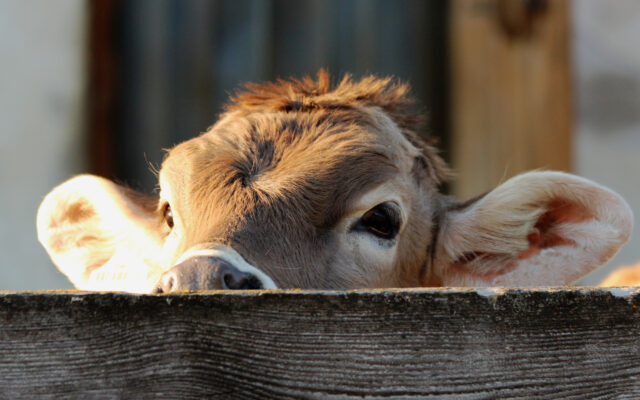Beef Economist Not Surprised By Lowest Cattle Numbers In Almost 70 Years

Prolonged drought and rising input costs have kept the squeeze on cattle producers, resulting in the smallest inventory in two-thirds of a century. Wednesday’s semi-annual Cattle Inventory report indicated that a total of 87.16 million head of cattle were present across the U.S. at the start of the year, down two percent from a year ago. It’s a continuation of a trend that started during 2019, when inventories over the past decade peaked at 94.5 million. The calf crop in 2023 was also down two percent from the previous year, totaling 33.6 million head.
At the Cattle Industry Convention in Orlando, Oklahoma State University beef economist Doctor Derrell Peel told the Alpha Ag Network’s Greg Akagi that he was not surprised by the numbers.
Peel adds that it’s too early to tell when we may start to see the rebound in the herd size.
Among each segment of the cattle population, beef cows totaled 28.2 million head, down two percent year-over-year, while milk cows were slightly lower at 9.36 million. The heifer population was down one percent at 18.5 million, with beef replacements at 4.86 million and milk replacement heifers at 4.06 million. We also witnessed a two-percent drop in steer population, at 15.8 million head, while bulls totaled 2.02 million.
Even with a four-percent drop, Missouri remained third in the nation for calf production. Missouri overtook Oklahoma with a calf crop of 1.82 million, once again trailing California and Texas. Missouri started the year tied for second with California with one million calves on hand. Overall the state ranked sixth in the nation with 3.95 million cattle in the state, a four-percent drop from last year.






